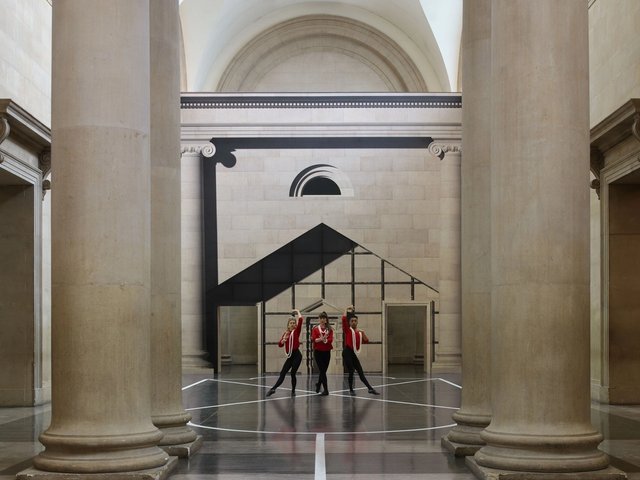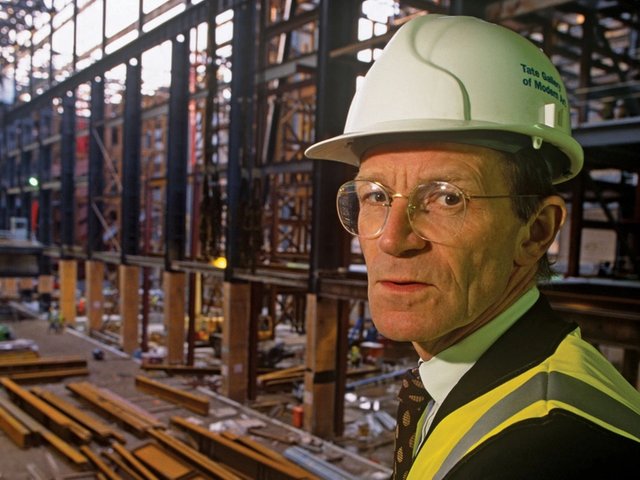Nicholas Serota’s announcement in September that he would be stepping down as the director of the Tate, after nearly three illustrious decades, to become the chairman of Arts Council England triggered a flurry of speculation about whom the Tate’s trustees might choose as a successor. Aspiring directors have until 17 October to apply for the post that will become vacant in February 2017. Immediate tasks will include completing the fundraising for Tate Modern—£20m is now required, down £10m from the £30m needed when it reopened in June—as well as reopening Tate St Ives in March 2017 after the Cornish gallery’s expansion and refurbishment.
Raising income will be a constant challenge for Serota’s successor; the minutes of the trustees’ meetings reveal that they expect grant-in-aid from the government will continue to fall, despite the £6.8m increase for Tate Modern that Serota secured from the then Chancellor of the Exchequer ahead of its reopening. He pulled off a similar coup when the Modern and contemporary art gallery opened in 2000. Such high-level political networking will be hard to replace.
Close to artists and collectors In June, Serota said that the Tate’s trustees “are absolutely committed to the idea of eventually appointing someone with a curatorial background who will drive the public service ethos of the institution rather than just run it”. The job description for the new director states that they will need “strong relationships with artists, donors and commercial partners” to grow the collection and raise the money to provide access to it across the Tate’s four galleries as well as through digital media. Of those relationships, perhaps the most important in terms of international growth will be with private collectors, artists and foundations. In 2014, the Cy Twombly Foundation gave three large paintings among other works—a gift that Serota said “ranks alongside Rothko’s gift of the Seagram mural paintings in 1969”. The Tate’s numerous acquisition committees, which span the globe, now have more than 280 cash- and art-rich members.
Partnerships with peer institutions will remain vital, such as the collaboration with the Museum of Modern Art in New York and the San Francisco Museum of Modern Art to organise the Robert Rauschenberg survey, which opens in December. The trustees have rejected exporting Tate’s brand, curatorial expertise and collections through a “franchise model”, with potentially lucrative Pompidou-style pop-ups or Guggenheim-style galleries abroad. But partnerships based on “shared interests and collections” are very much part of its international strategy.
On the domestic front, as well as the two London Tates, Tate St Ives and Tate Liverpool, there are partnerships with more than 30 regional galleries through Plus Tate. The Artist Rooms collection, which it cares for jointly with the National Galleries of Scotland, is continually on tour as well as growing. In December 2015 the US artist Ed Ruscha promised to donate one impression of all future prints he creates to Artist Rooms. But many partners are facing greater cuts in public funding. Here, Serota’s new role with Arts Council England will be welcomed.
Notwithstanding the Tate’s policy of regular rehangs of the permanent collection and its many loans each year, the majority of the collection will inevitably spend most of its time in storage. Increasing access to stored collections is a longstanding ambition but in around 2008, facing a challenge to raise money to expand Tate Modern while refurbishing Tate Britain, the trustees decided to put on hold the creation of a national collection centre in south London alongside its collection store.



